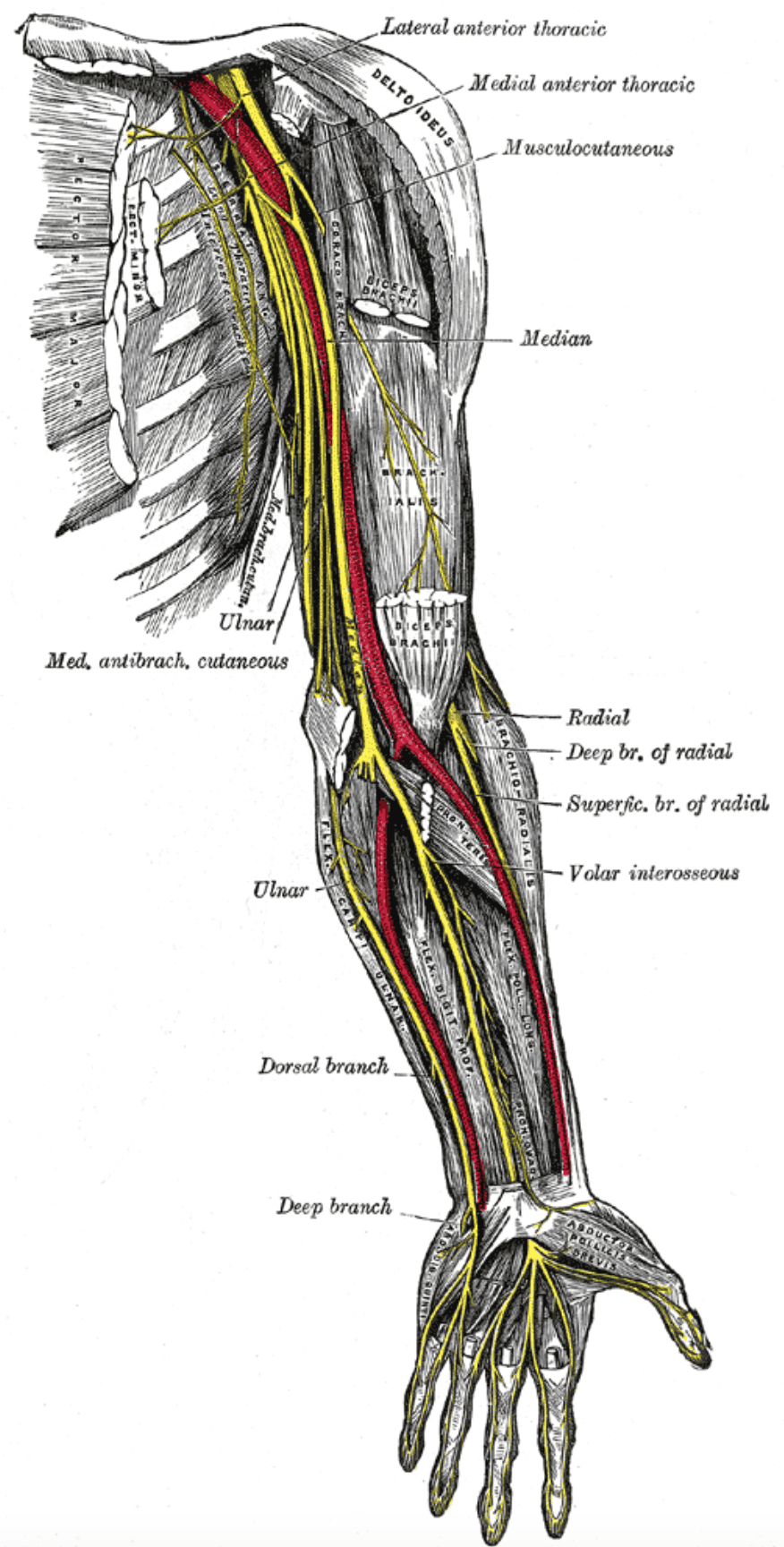
The Ulnar Nerve
0% Complete
Course Overview
Learn to perform a comprehensive ultrasound assessment of the ulnar nerve, from its origins in the arm to its path through the cubital tunnel, forearm, wrist, and Guyon’s canal. This course covers the anatomy and physiology of the ulnar nerve, with a focus on common conditions such as cubital tunnel syndrome, ulnar neuropathy, and entrapment at Guyon’s canal. Gain practical knowledge of dynamic ultrasound techniques to detect nerve subluxation, compression, and anatomical variations. The course includes step-by-step protocols for imaging the ulnar nerve in the arm, elbow, forearm, wrist, and hand, ensuring an accurate diagnosis of ulnar nerve pathology. Emphasizing clinical correlation with symptoms, this course also introduces the evaluation of nerve function and muscle innervation to aid in treatment planning.
Objectives
After completing this activity, the participant will:
Perform a standardized evaluation from the arm to the hand.
Understand the common locations of ulnar nerve abnormalities and the pathology that leads to these areas of entrapment.
Target Audience
Physicians, sonographers, and others who perform and/or interpret ultrasound.
Faculty & Disclosure
Faculty
Jason Cox, MD
Program Director, Attending Musculoskeletal Radiologist
Institute for Advanced Medical Education
Creve Coeur, MO 63141
Disclosure
In compliance with the Essentials and Standards of the ACCME, the author of this CME tutorial is required to disclose any significant financial or other relationships they may have with commercial interests. Jason Cox, MD discloses no such relationships exist. IAME has assessed conflict of interest with its faculty, authors, editors, and any individuals who were in a position to control the content of this CME activity. Any identified relevant conflicts of interest have been mitigated. IAME's planners, content reviewers, and editorial staff disclose no relationships with ineligible entities.
Credits
* AMA PRA Category 1™ credits are used by physicians and other groups like PAs and certain nurses. Category 1 credits are accepted by the ARDMS, CCI, ACCME, and Sonography Canada.
Course Details
Accreditation
The Institute for Advanced Medical Education is accredited by the Accreditation Council for Continuing Medical Education (ACCME) to provide continuing medical education for physicians.
The Institute for Advanced Medical Education designates this enduring material for a maximum of 2 AMA PRA Category 1 Credit™.
Physicians should only claim credit commensurate with the extent of their participation in the activity. Sonographers: These credits are accepted by the American Registry for Diagnostic Medical Sonography (ARDMS), Sonography Canada, Cardiovascular Credentialing International (CCI), and most other organizations.

